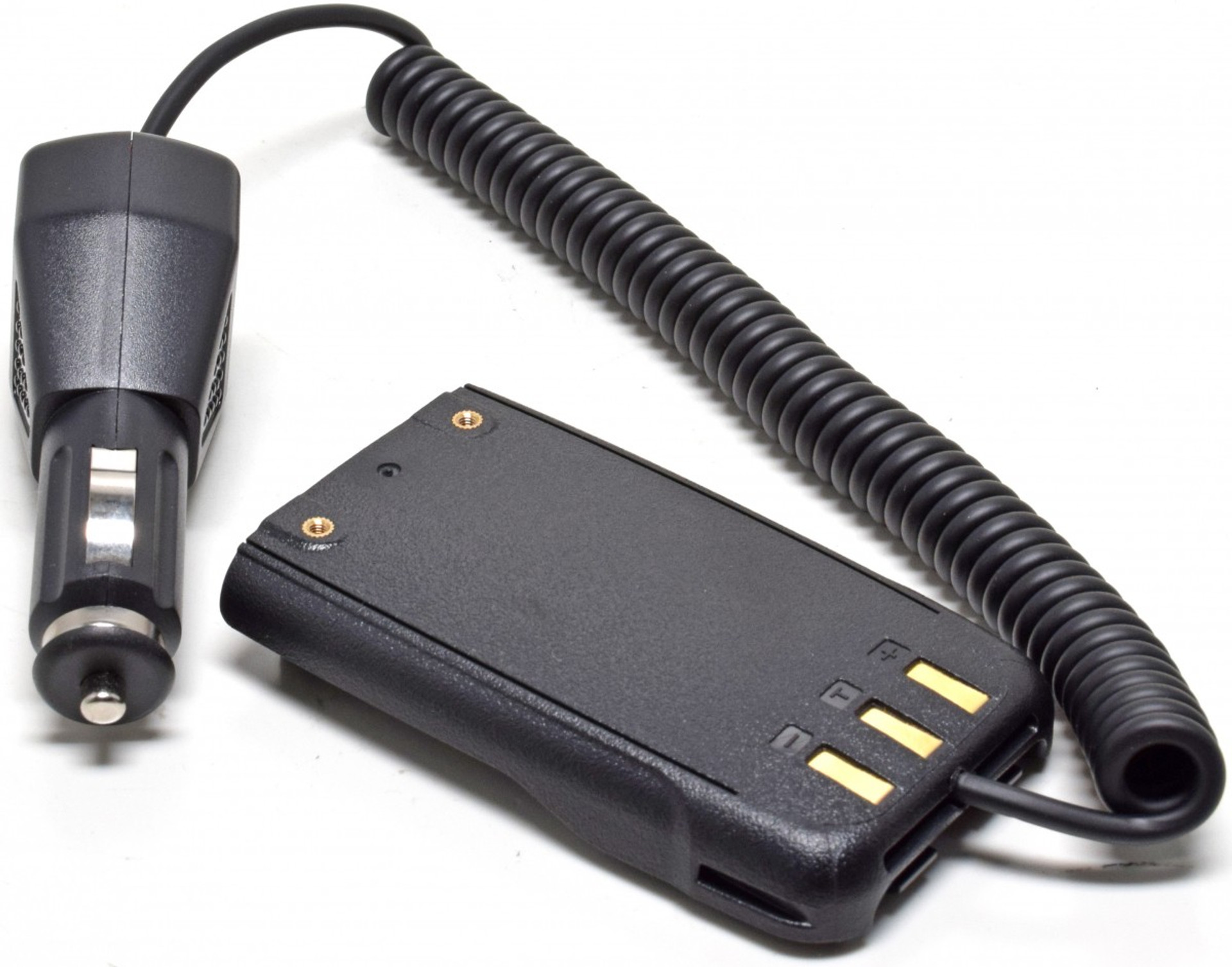

Or it could be that your local DMR repeater is very busy on two talk groups, and you want to use a third one. All these situations can justify the use of a hotspot via the Internet. There are certainly much cheaper alternatives to the openSPOT (like the Pi-Star, TGIF Spot, RFinder HCP-1, etc – good video comparing top choices at but they generally don’t have built-in batteries, or are much bulkier with protruding antennas, or don’t have the full cross-mode functionality that the openSPOT3 has. So although the tips below work for me with the openSPOT3 they may well be of use with other hotspots too.

You really need to decide whether you’re going to use the radio with a single channel programmed to the hotspot and just manual dial any private or public talk groups, OR setup a bunch of channels to use with the hotspot and just change between them to do what you want to do. #Anytone 878 battery case manualĪlthough you can do both methods I found it confusing at times when I had set a manual dial, and later wanted to talk, only to find the manual dial still connecting instead to something different. Maybe it’s just me, but always best to keep it simple when starting out and just stick to either/or rather than mixing methods. Requires at least one channel setup on a simplex frequency equal to the modem setting on the openSPOT with TG9 set as its default both ways (because the openSPOT is sending on TG9 (universally a ‘local’ talk group) which includes voice announcements. The Anytone programming software has a section for adding Digital Talk Groups and here you can add one called ‘openSPOT Local’ set for TG9.

There is also a section called Receiver RX List where I added just one item called openSpotRX and set to TG9 (this is just a talk group channel that you have already created, listed on left side in the image below, and which you select to appear in the Receive Group Call List). So your single channel would select both of these, and you can name the channel something like openSPOT Talk.


 0 kommentar(er)
0 kommentar(er)
